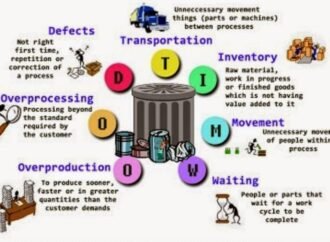Lean Quote: Closing the Knowing–Doing Gap
- Lean Quote
- October 17, 2025

On Fridays I will post a Lean related Quote. Throughout our lifetimes many people touch our lives and leave us with words of wisdom. These can both be a source of new learning and also a point to pause and reflect upon lessons we have learned. Within Lean active learning is an important aspect on
READ MORE
Employees want to do their best, sometimes the system or process does not position them to be successful. At times, it can be difficult for employees to see the forest for the trees. Sometimes they cannot see past the mounds of work at hand. This is why Lean Thinking shifts the viewpoint from a worker-centric
READ MORE
An essential element in Lean thinking is Kaizen. Kaizen is the Japanese word for continuous improvement or change for the better. It’s a tool to make work easier, safer, and more productive by studying a process, identifying waste, and applying small incremental improvements that ensure the highest quality. As no process can ever be declared
READ MORE
On Fridays I will post a Lean related Quote. Throughout our lifetimes many people touch our lives and leave us with words of wisdom. These can both be a source of new learning and also a point to pause and reflect upon lessons we have learned. Within Lean active learning is an important aspect on
READ MORE
For my Facebook fans you already know about this great feature. But for those of you that are not connected to A Lean Journey on Facebook or Twitter I post daily a feature I call Lean Tips. It is meant to be advice, things I learned from experience, and some knowledge tidbits about Lean to
READ MORE
ASQ’s Influential Voices were asked in the recent roundtable topic about change management, specifically: It’s often said that people don’t resist “change” so much as they resist “being changed.” So, the job of change management is clear: In a nutshell, you must explain why the affected people should want to change, and thereby cultivate readiness
READ MORE


